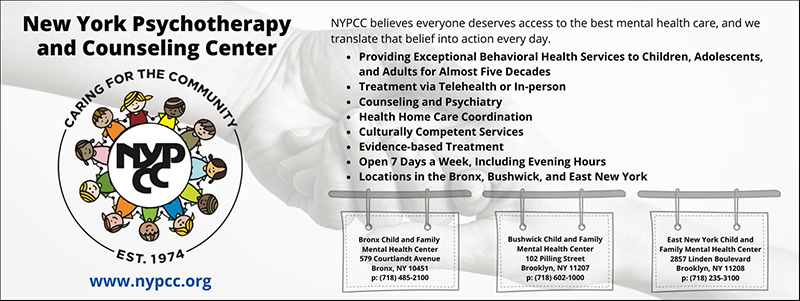The COVID-19 pandemic is beyond unpredictable. No one can really say with certainty how and/or when this situation will be under control to the point where behavioral health organizations can go back to normal or know what the new normal would look like. With lockdowns, social distancing, and a variety of safety recommendations, many employers have been forced to hurriedly make drastic changes in a matter of weeks just to keep going. This uncertainty further contributes to new challenges for organizations to maintain employees.
During this workforce crisis which has forced employees to change the way they work almost overnight, organizations had to focus on business continuity. A business continuity plan provides protection, a safeguard to ensure the operations are still going. A huge part of a business continuity plan is the challenge of attracting and retaining employees.
As employers work feverishly to address these challenges for the remainder of 2021 into 2022, here are 8 tips that will help your organization thrive during and after this workforce crisis:
-
- Company Brand – With all the personal life changes brought about by the pandemic, we will see that many candidates, post pandemic, are going to be looking for more than just a job, and more than just any organization. How can you make your company brand stand out above the rest to attract the best candidates? Begin by having strategic planning sessions with your team to build and implement your company brand that will attract top candidates.
- Seamless Recruiting – Your recruiting efforts should be optimized from the top down to ensure that the candidate has a flawless, efficient, and quick turnaround from screening the candidate to making an offer and getting them onboarded. In such a hot job market, you want a process that has no bottlenecks.
- Training and Development – Begin by looking at your current onboarding process. A great onboarding process provides the building blocks that will help develop employees for the right roles from the time they enter your door. Create and streamline additional training plans that will allow employees to be successful in their roles. When an employee is not properly trained, they can get frustrated and leave causing a high level of turnover. The organization’s ROI when it comes to training and development is creating future leaders. A well thought out training and development program will not only keep employees happy, but also help to reduce turnover. It’s a win-win situation. When employees feel like they are growing in a company, they want to continue working there.
- Benefits, Benefits, Benefits – Unfortunately, traditional benefits such as medical, dental and vision plans will no longer cut it during this crisis. It’s imperative for employers to begin thinking outside of the box and begin promoting benefits geared towards better physical and wellness in addition to lifestyle flexibility.
- Pay Equity – Specifically in behavioral health, there has been a tremendous increase in demand for services. Therefore, having a competitive employee compensation plan and/or bonuses can improve employee morale and make attracting top talent in the industry less challenging. Keep in mind, it’s helpful to ensure that your compensation provides equal pay for equal work regardless of gender and race.
- Employee Recognition – Recognize your top performers and reward them. Trust me, your top performers know they are good at what they do, but most times they don’t really know if the company sees their hard work. Now is the time to rethink succession planning by engaging and motivating your top A plus players. You definitely do not want to lose them to a competitor. The best way to keep them is by frequently engaging and recognizing their hard work.
- Constant and Open Communication – Many employees may be working remotely for the first time, and still adjusting to the lack of in-person communication. Make sure they feel connected to the team through various communication channels through regular phone, video, and check-in meetings. Remember, not all check-in conversations should be work related. It is okay for a manager to check-in on team members just to find out how they are feeling. This kind gesture is priceless and greatly appreciated by employees.
- Employee Wellness is Key – Showing employees that you care about their health and wellness is essential for employers today. More than ever, employees do not want to stay at an organization if they feel their health is at risk or do not have a work/life balance. Employers who make employee wellness a focus are scoring big points with employees during the pandemic. From enforcing safety guidelines in the workplace, such as wearing a mask, social distancing, and limiting capacity to sponsoring wellness events such as virtual Zumba, Laughter Yoga etc.
This pandemic has brought about many unique challenges for employers and has essentially upended the employee experience as we know it. For organizations to work towards ending the workforce crisis post pandemic, employers must be forward-thinking, creative, and working daily towards making adjustments. A more employee-centered approach and focus will create a positive environment and a more loyal workforce during and post pandemic.
Kenise Etwaru, SPHR, is Vice President and Chief Human Resources Officer at New York Psychotherapy and Counseling Center.






